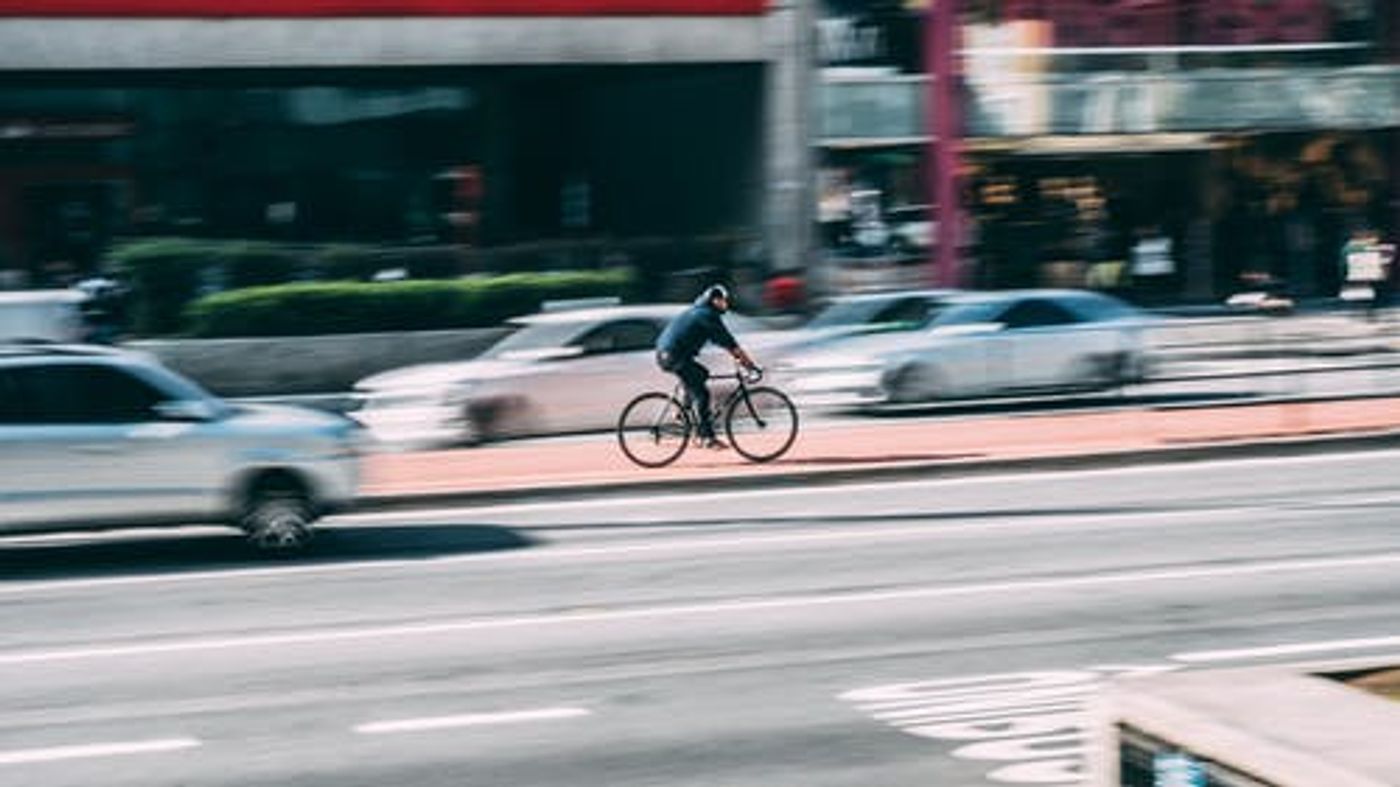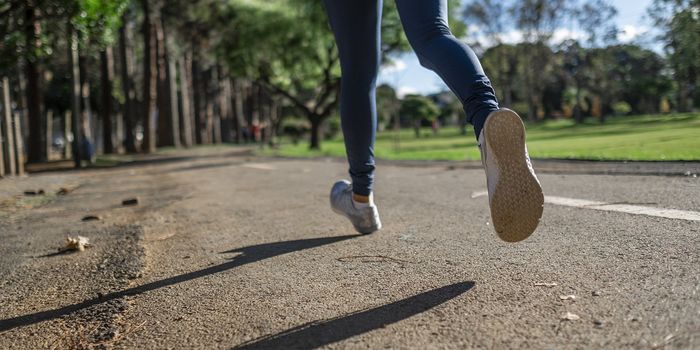Despite Healthier Lifestyle Urban Cyclists Exposed To High Levels Of Air Pollution
Incorporating fitness into your daily commute is one of the healthiest things you can do for your heart. This can be done in several ways from walking to work, to taking the stairs, to parking further away from your destination, to commuting by bicycle.
That said, urban cyclists face many threats on the road. In 2016 alone, 840 cyclists were killed nationwide in collisions with motor vehicles. They also suffer increased exposure to the suns rays, which can burn and age skin. But the threats aren’t always so strikingly obvious.
When cycling through a densely populated metropolis, cyclists are exposed to a higher amount of air pollution than are the general population. Air pollution is a well-documented threat to health. The World Health Organization (WHO) estimates that air pollution causes about 7 million premature deaths annually.
So what of the many thousands of bike commuters in American cities? In an environment once plagued by smog, New York City project manager Carrie Smith is collecting data. She is doing so to help scientists understand what can make a city healthier for the cycling community.
She is accomplishing this by attaching air and heart-rate monitors to 91 bike commuters. This measures a riders minute ventilation, or how many liters of air they inhale per minute. Smith collects data from each cyclist for a total of six days and has recorded hundreds of routes over the years.
Some of what Smith’s data reveals is when during the commute an individual takes in the most pollutants. What she found was this measure of inhaled dose (ID) is highest when a person is exerting the most energy. This is because, to deliver sufficient amounts of oxygen to working muscles, a person breathes faster and more deeply. The second important factor in how much pollution a person is inhaling is how close they are to the cities traffic.
In analyzing the data, scientists have posed some interesting questions. Just how far does a person have to be from traffic for it to make a significant reduction to risk? Which times of the day are the safest for urban cyclists? How can city planning reduce the risks to their cities healthiest commuters?
Despite the risks posed by air pollution to an individual’s health, scientists conducting this research want you to be aware that this doesn’t mean you should stop committing via bicycle. In the following video Derby Jack, a health scientist working with Smith’s data, says “the best thing for your health is to get a lot of exercise, and our results don’t contradict that.”
Commuting by bike is not just healthy. Adding exercise to your commute also makes exercisers feel less burdened by their exercise routine. It seems to fit into a person’s day more agreeably rather than feeling like a cumbersome addition. Bike commutes also cut down on commuting costs, city traffic, and pollution making cities better one heart-healthy ride at a time.
Sources: Orlando Sentinel, VICE News, The World Health Organization











